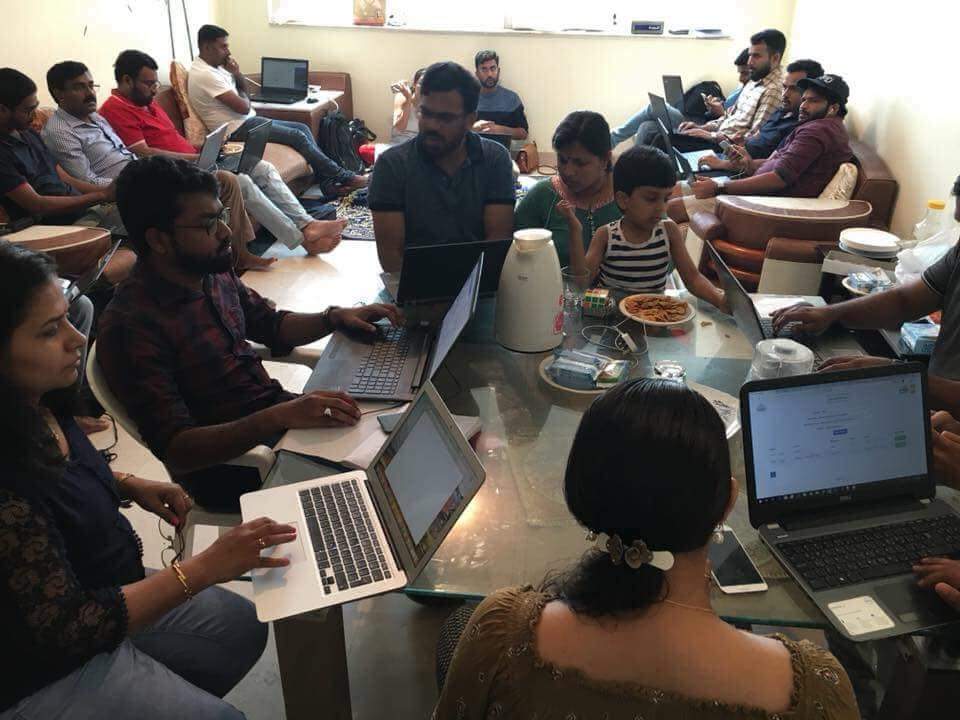A thread on a near-invisible layer: the UX
LS monitors every outbound internet connection that every app on your computer makes. There are two settings - passive, and active.
In active, every time an app makes an outbound network request to a new IP address, LS blocks it, and asks you to approve/deny
I've been using active
There are soooooooo many services built into Mac OS, and I have no idea what any of them do
There are so many "helper" apps to major apps I use, and I have no idea what they do either
Then, there's the weird stuff
Turns out, PT has been making outbound network requests for years.
So I uninstalled PT (and I use CleanMyMac for a more robust uninstallation process than default MacOS uninstall process...
Or if the app touches any trusted server anywhere, then it could be sending your data there too
{fin}








